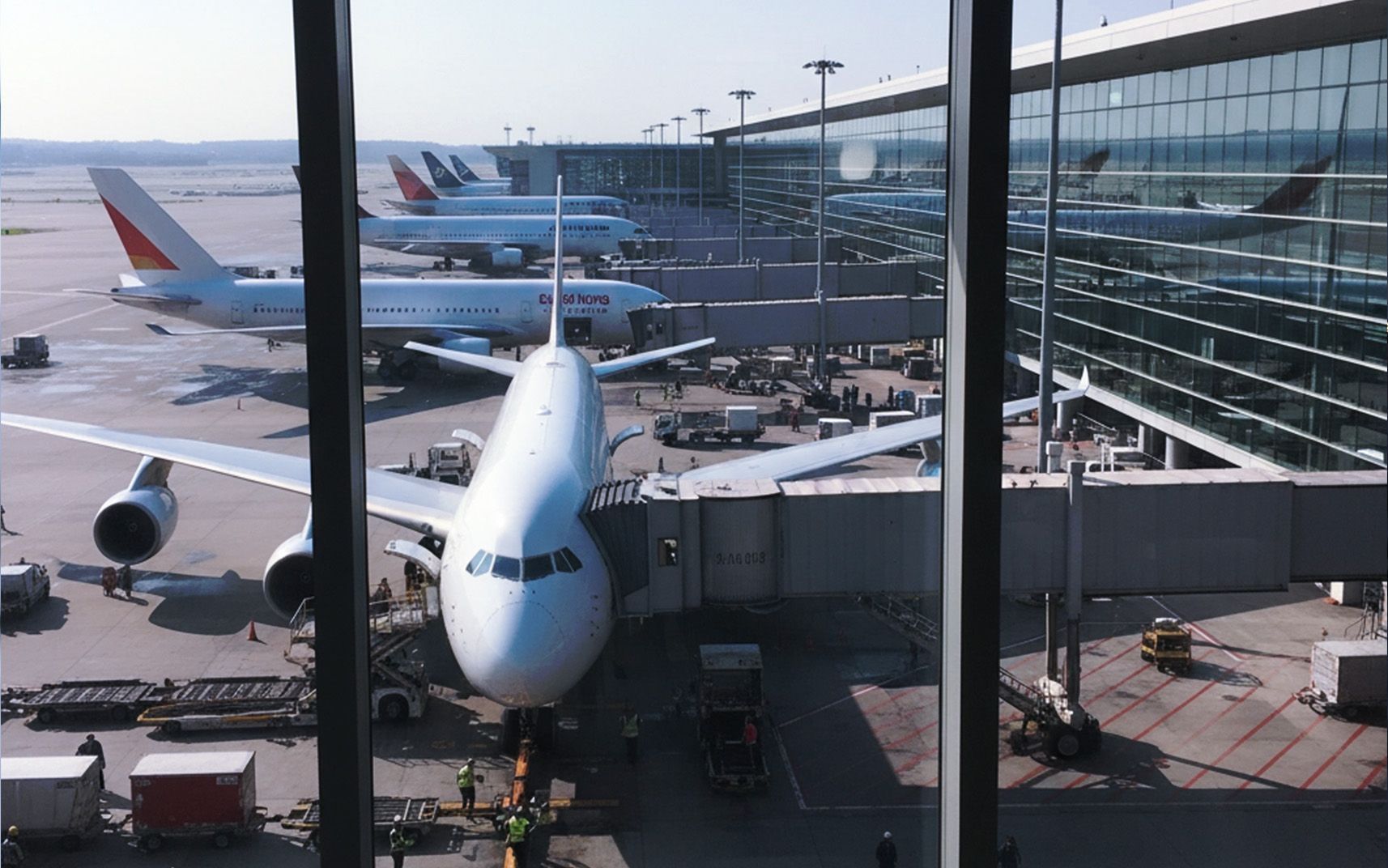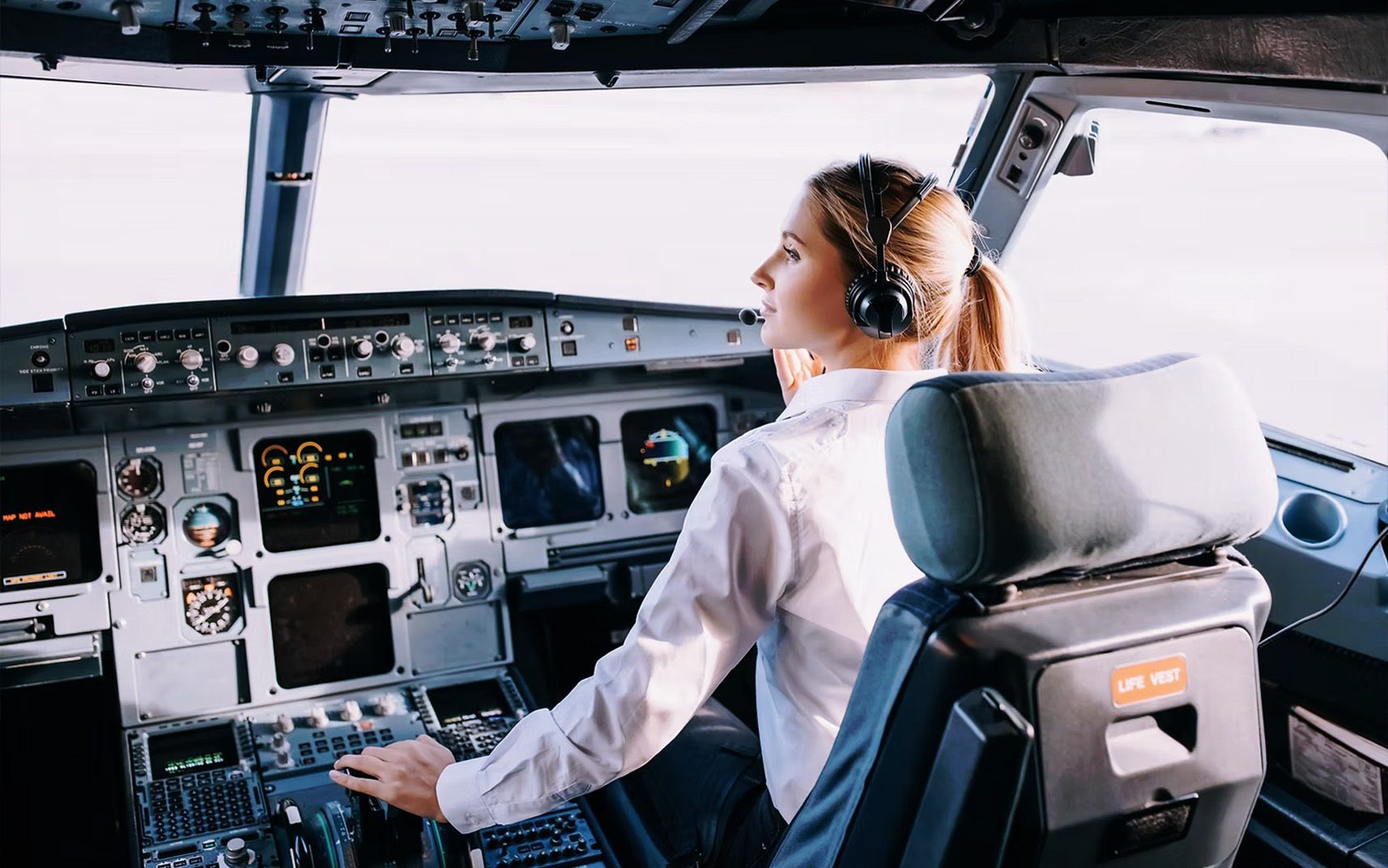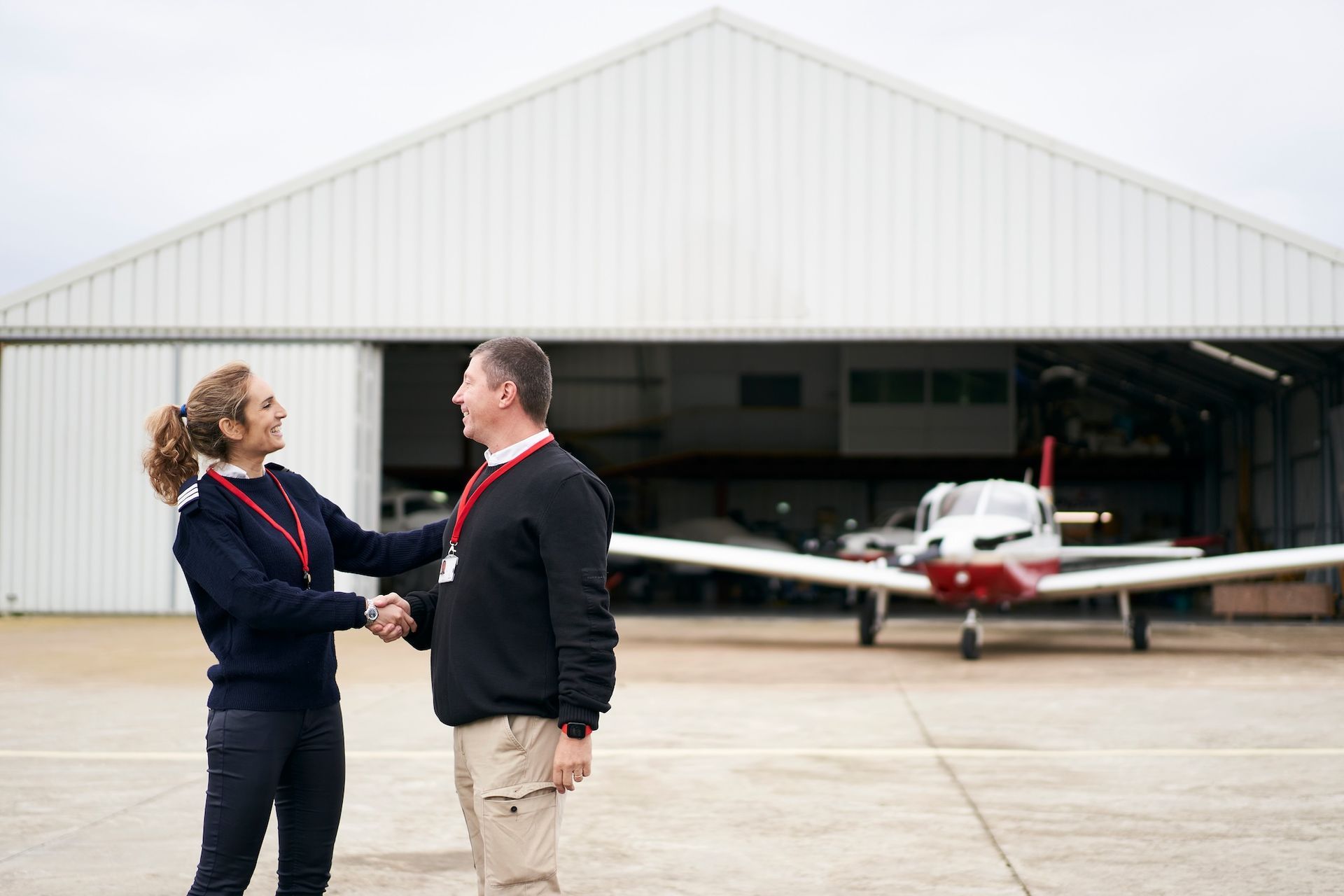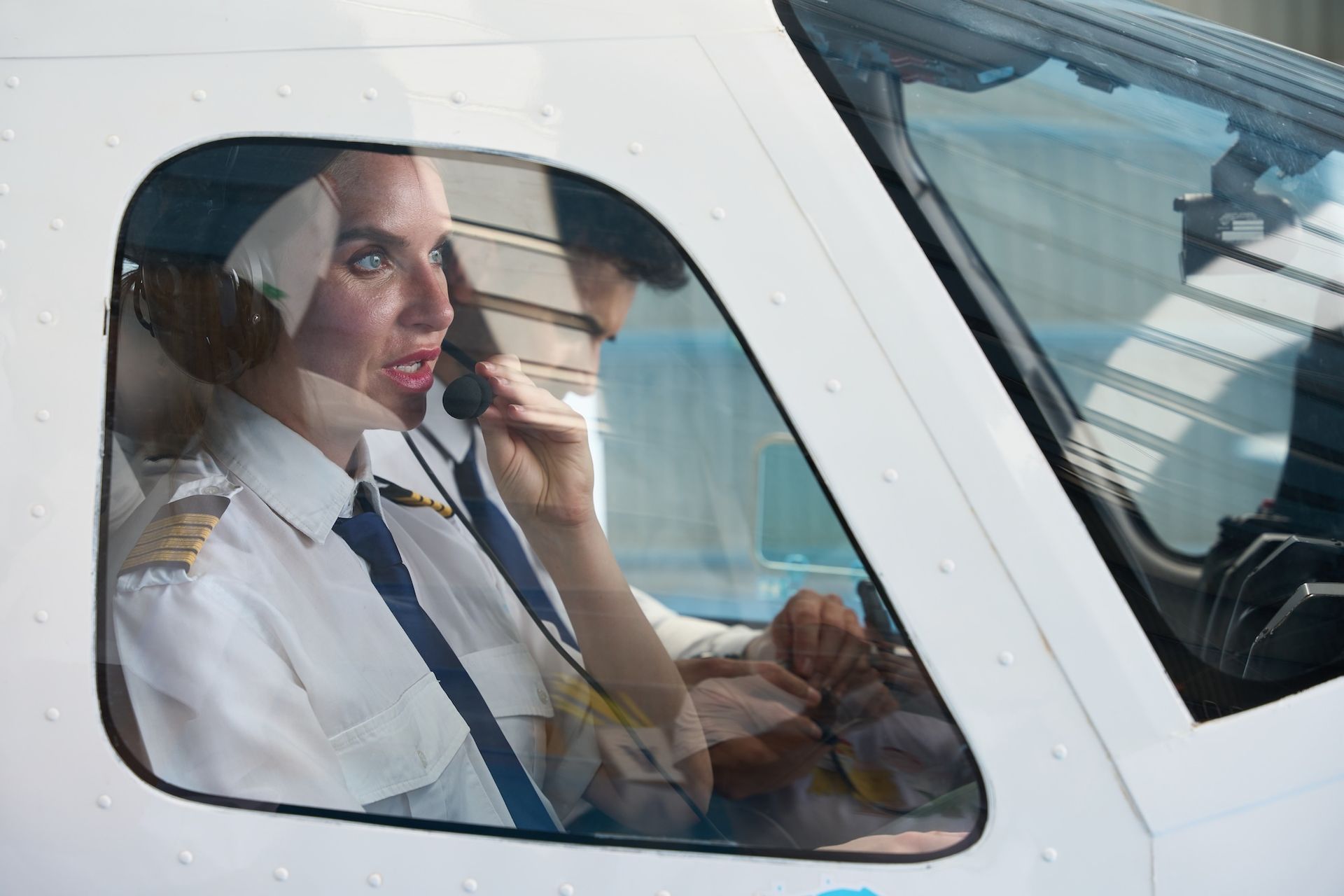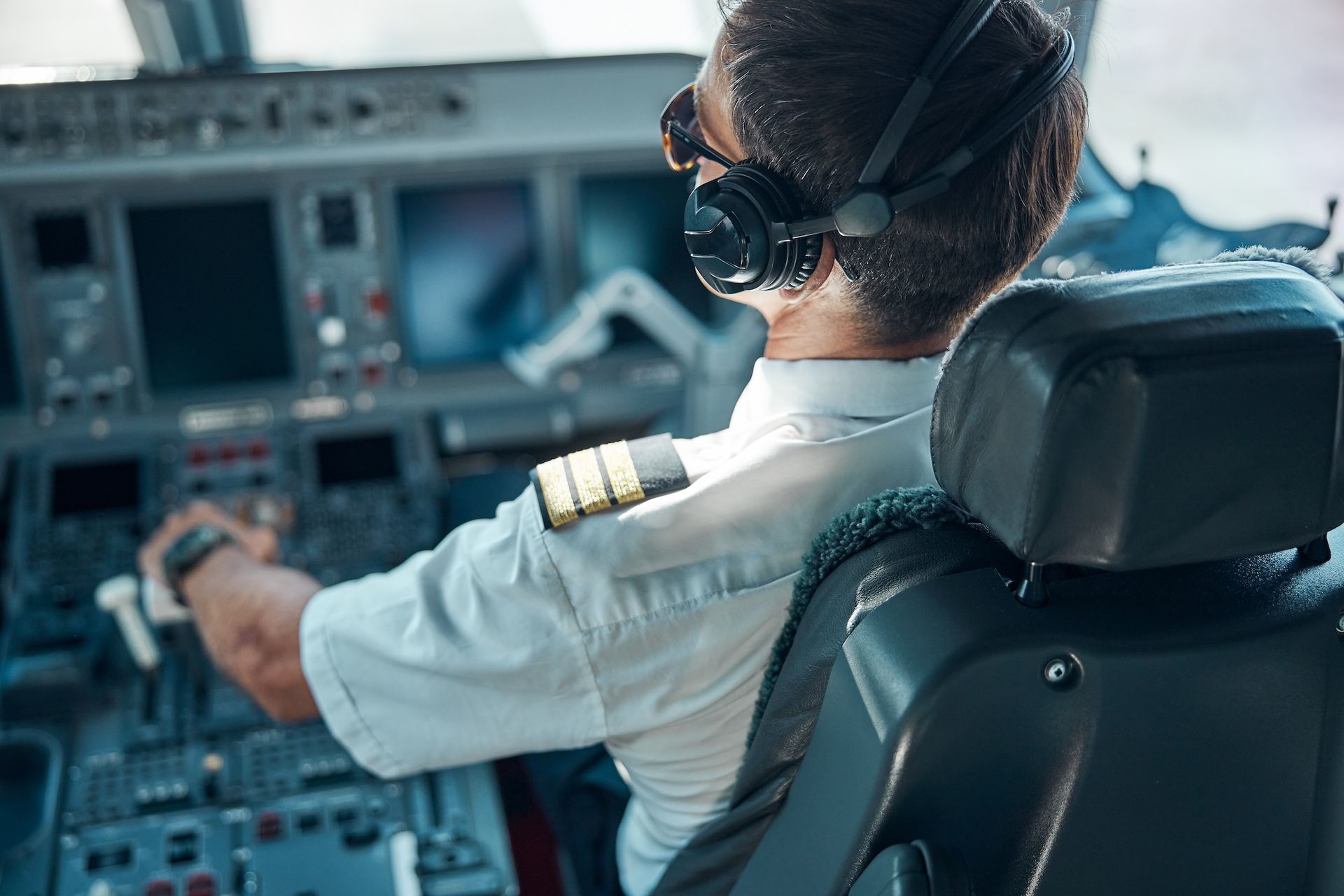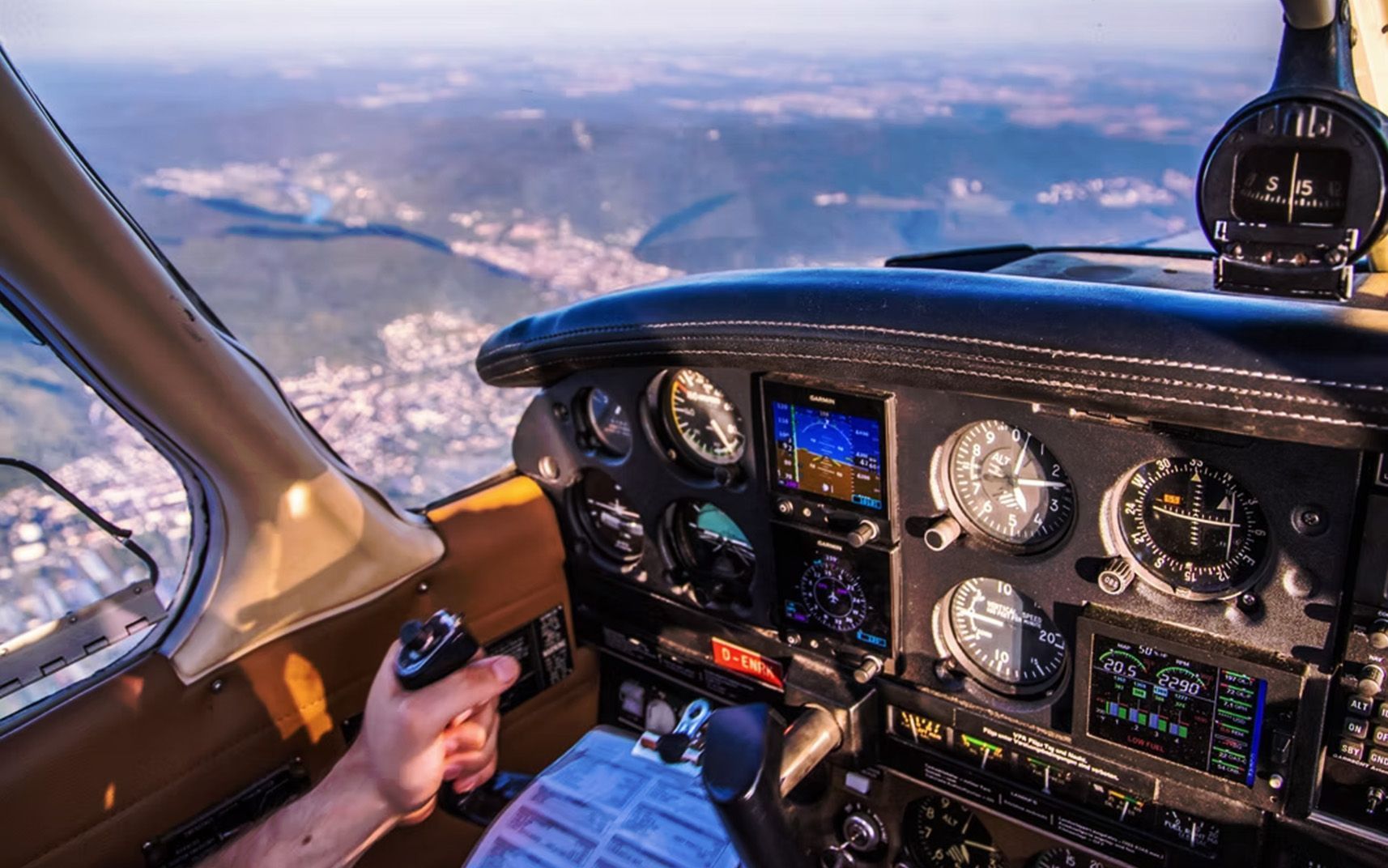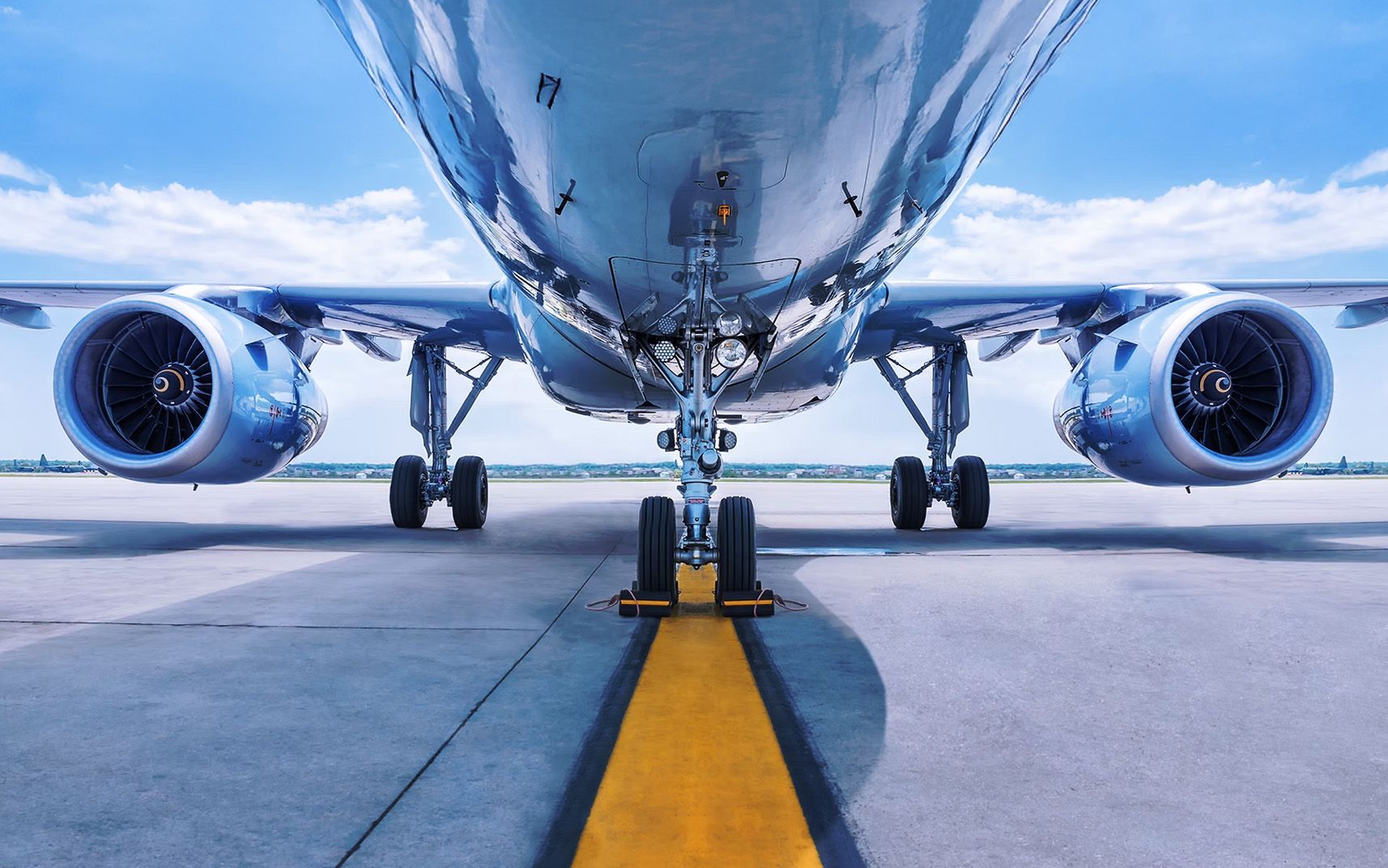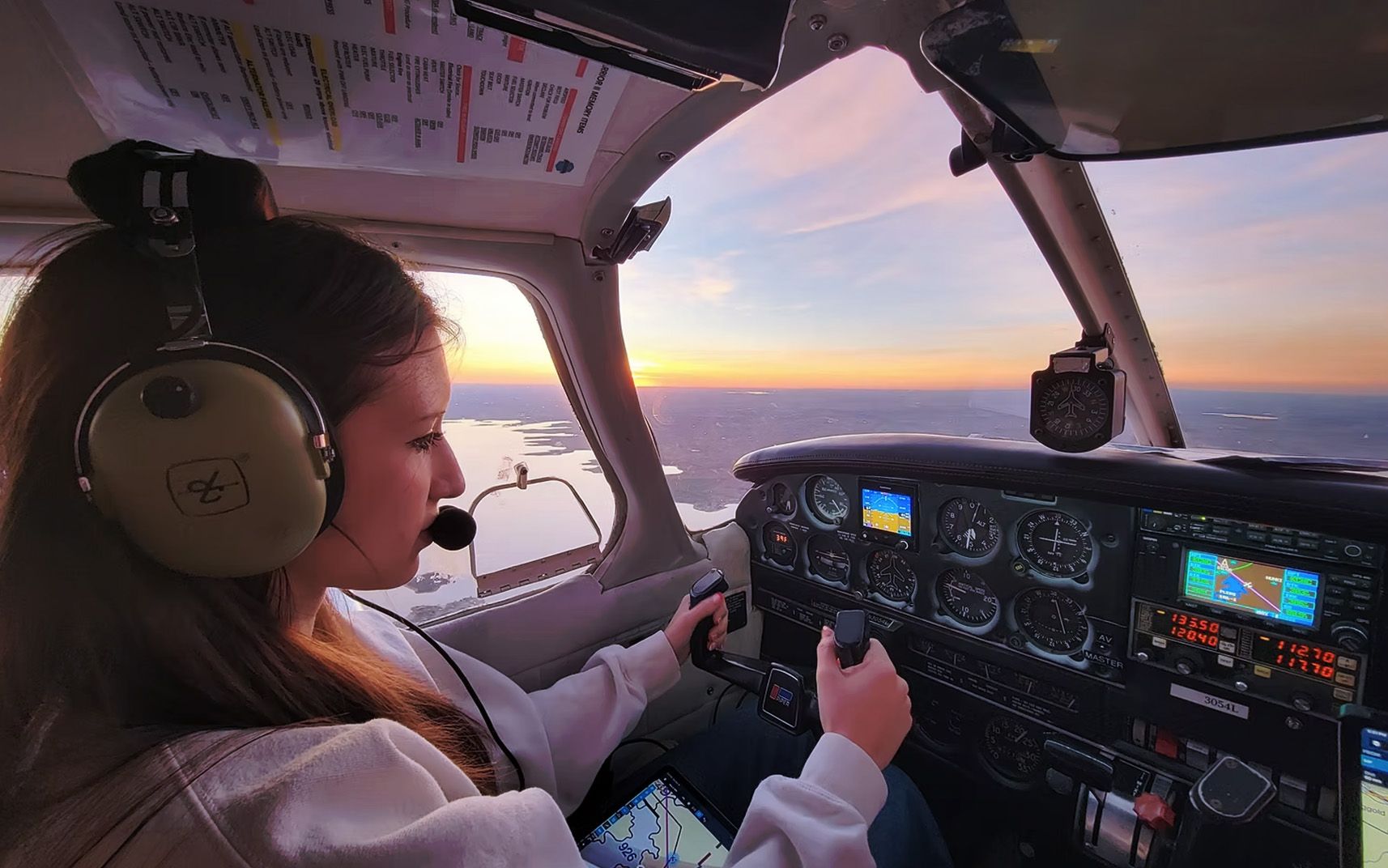Which is the Best Way to Train for Your Instrument Rating
Share this article
If you’ve ever dreamed of flying above the clouds, mastering your instrument rating is a key step to making that dream a reality. But the path to becoming an exceptional pilot isn’t just about the hours you log - it’s about the quality of those hours. That’s where the age-old debate comes in: simulators or real-world IFR (Instrument Flight Rules) flights? Both play a vital role, and understanding their strengths will help you make the most of your training.
At Nationwide Aviation, we’ve honed the perfect balance of simulator and real-flight training, combining cutting-edge technology with real-world expertise to help you soar. Let’s dive into the benefits of each, explore how they complement one another, and see why a blended approach is the ultimate path to success.
Flight Simulators: Precision Training Without the Pressure
Simulators are more than just a cost-effective training tool—they’re an opportunity to experiment, explore, and excel in a completely safe environment.
- Safety Without Compromise
- Picture this: You’re flying through simulated severe turbulence, managing an engine failure, and coordinating with ATC—all without leaving the ground. Simulators let you practice the unexpected in a controlled environment where mistakes become valuable learning experiences, not hazards.
- Budget-Friendly and Accessible
- Let’s talk about one of the biggest hurdles to flight training: cost. Simulators are significantly less expensive than flying an aircraft. At Nationwide Aviation, we use this to your advantage, maximizing your training while keeping your wallet intact.
- Mastery Through Repetition
- Need more practice on ILS approaches or holding patterns? No problem. Simulators let you replay challenging scenarios as many times as it takes to perfect your skills. You can work at your own pace without the external pressures of time, weather, or fuel limitations.
- All-Weather Training
- Rain or shine, simulators ensure your training stays on track. When conditions aren’t ideal for flying, simulators step in to keep your progress steady.
However, simulators aren’t a complete substitute for real-world flying. While they mimic flight dynamics exceptionally well, they can’t fully replicate the physical sensations or unpredictability of actual flight.
Real-World IFR Flights: The True Test of Skill
There’s nothing like the feeling of controlling an aircraft through a layer of clouds or navigating in low visibility. Real-world IFR training pushes you to apply your skills in live scenarios, building the confidence and intuition every pilot needs.
- Authentic, High-Stakes Experience
- Real flights immerse you in the unpredictable elements of flying. From sudden weather changes to busy airspace, every moment is an opportunity to problem-solve in real time. This type of training is invaluable for building resilience and adaptability.
- Feel the Aircraft, Feel the Sky
- Flying in the real world connects you to the physical aspects of aviation. The feedback through the controls, the subtle vibrations of turbulence, and the view from the cockpit all deepen your understanding and instinctive response to flying.
- Confidence in Communication
- Communicating with air traffic control in a live environment strengthens your ability to multitask and handle the complexities of busy airspace. These real-world exchanges are essential to becoming a capable, professional pilot.
Of course, real-world training comes with its own challenges, from weather delays to higher costs. That’s why Nationwide Aviation emphasizes balance.
The Hybrid Approach: The Best of Both Worlds
At Nationwide Aviation, we believe the most effective instrument training blends the strengths of simulators with the irreplaceable experience of real-world flights. Here’s how we structure our programs to ensure your success:
- Start in the Simulator
- Begin with foundational skills in our advanced simulators. You’ll build confidence in procedures, navigation, and emergency scenarios, all in a low-pressure environment.
- Transition to Real Flights
- Once you’ve mastered the basics, you’ll apply those skills in real-world IFR conditions. Our experienced instructors are there to guide you, ensuring you feel supported and empowered every step of the way.
- Integrated Learning
- By alternating between simulators and actual flights, you’ll develop a comprehensive skill set that prepares you for any challenge the skies throw your way.
Leveraging Technology for Your Success
Nationwide Aviation is at the forefront of aviation training technology. Our flight simulators replicate real-world cockpit layouts, advanced avionics, and dynamic weather conditions to create an immersive learning experience. When it’s time to take to the skies, our fleet of modern, meticulously maintained aircraft ensures you’re flying in safe, reliable planes.
We also incorporate digital flight planning tools, GPS navigation, and real-time weather updates into your training. These tools aren’t just for the classroom—they’re the same technologies you’ll rely on in your aviation career.
Your Journey Begins Here
Choosing how to train for your instrument rating is about more than just passing a test—it’s about preparing for a lifetime of safe, confident flying. At Nationwide Aviation, we’ve created a program that combines the best of both worlds: the safety and precision of simulators with the realism and adventure of actual IFR flights.
Whether you’re just starting your journey or looking to take your skills to the next level, we’re here to help you every step of the way. With our supportive instructors, cutting-edge technology, and career-focused training, your dream of flying isn’t just possible - it’s closer than you think.
Let’s launch your aviation career together.
Recent Posts
